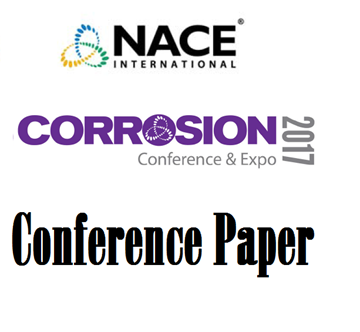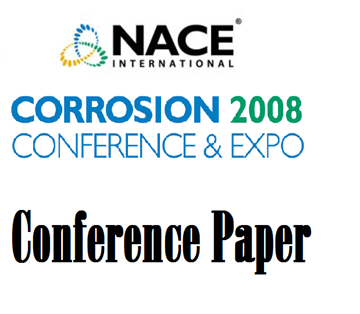Search
02224 Chloride Threshold Levels in Clad 316L and Solid 316LN Stainless Steel Rebar
Also Purchased
51314-4077-Corrosion of Stainless Steel in Highly Concentrated Chloride Solutions
Product Number:
51314-4077-SG
ISBN:
4077 2014 CP
Publication Date:
2014
$20.00
Effect of Crevice Former on the Crevice Corrosion of 316L Stainless Steel in Synthetic Tap Water
Product Number:
51317--9412-SG
ISBN:
9412 2017 CP
Publication Date:
2017
$20.00
08174 Unusual Corrosion Failures of Stainless Steel in Low Chloride Waters
Product Number:
51300-08174-SG
ISBN:
08174 2008 CP
Publication Date:
2008
$20.00




